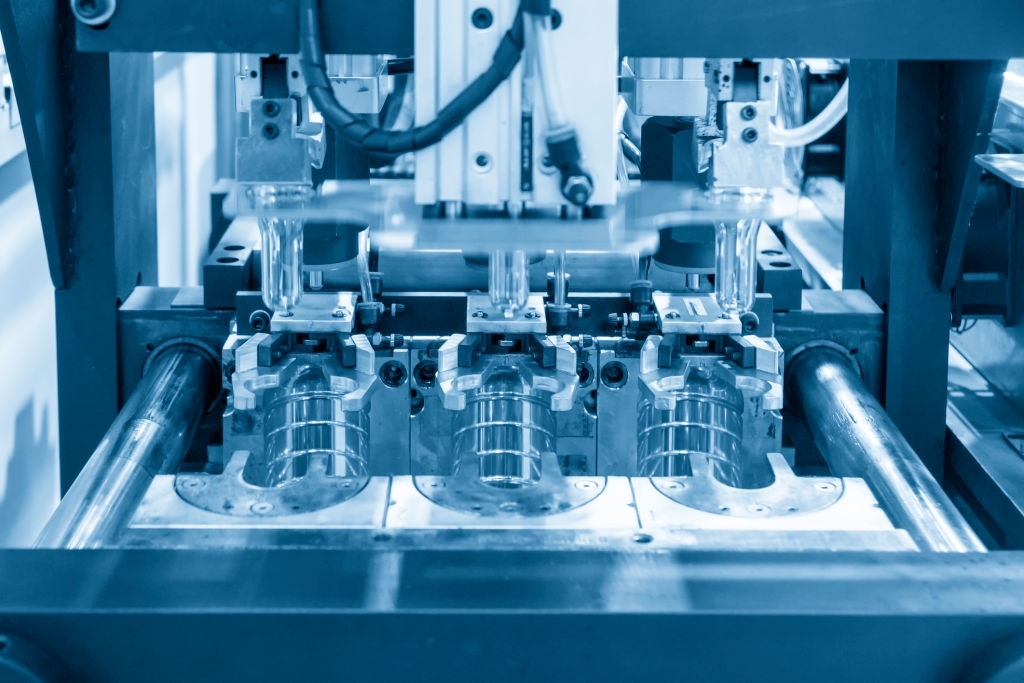In order to manufacture parts with a high production volume, it is essential to have a good quality mold that adapts to the needs of the type of part to be manufactured. One of the alternatives is the injection mold, whose function is to capture the material and distribute it uniformly to form the part that, once cold, will be ejected. We explain what an injection mold is and what you should know about it.
Considerations when manufacturing injection molds
When designing an injection mold, some details must be considered. The first is that you must know the plan of the part to be molded, define the parting lines and the entry area. Also, you must know the location of the ejectors and know any details that will make the construction process much easier.
The second point to consider is the molding machine and the effect it has on the mold design. Finally, the specifications of the thermoplastic must be taken into account, since it is from these that the mold construction is carried out. The main characteristics are flow, abrasion, heating and cooling requirements.
What requirements must an injection mold meet?
Plastic injection molds must be dimensionally accurate and have a good finish. The difficulty that exists in the manufacture of these molds is the shrinkage of the plastic material, since this affects the dimensions of the mold. There are also factors such as temperature, cooling time and pressure that have to be controlled to obtain a good injection mold.
In this case, plastics with low shrinkage (less than 0.6%) are the most suitable. This is because they allow the mold dimensions to be calculated more accurately, so the size of the final product will be precise. While with plastics that have a high shrinkage (greater than 0.6%) the opposite occured, since other aspects must be taken into account for the mold design.
Materials to be used in mould manufacturing
In order to manufacture plastic injection moulds, it is necessary to make a matrix made of resistant materials, which have to comply with special characteristics so that they can withstand conditions such as the high pressure to which they are subjected and also because great precision is needed in the terminations.
Also, an important point to add is that the tolerances handled are quite fine, which means that the permissible error range is quite low. There is a wide range of materials such as steel, non-metallic materials, ceramic materials and cast materials. In the following, we will explain some important points about each of them:
Steel
In particular, the steel must possess certain characteristics such as :
- Being resistant to compression.
- Being suitable for polishing.
- Being abrasion resistant.
- Good thermal conductivity and chemical resistance.
- It must have a low deformation capacity.
- Good machinability.
The range of steels is quite extensive, but not all of them meet these conditions. Those used for the manufacture of injection moulds are case hardening steels, nitriding steels, hardened steels, corrosion resistant steels, etc.
Casting materials
Casting materials are commonly used to make laminated moulds or forged profiles. The disadvantage with them is that the cost of machining the mould is high, plus the time taken to make the mould is longer.
They also have a considerable disadvantage in terms of surface quality. The materials most commonly used for the manufacture of this type of moulds are steel castings and non-ferrous metals.
Non-metallic materials
The construction of moulds with non-metallic materials has a specific function. They are used to make test injections, which are intended to produce samples of products that will later be manufactured. Generally, some epoxy resin is used to make these moulds.
Ceramic materials
As for ceramic materials, recent studies have shown that they have good stability when exposed to temperature changes, good sliding behaviour, as well as good chemical resistance and thermal conductivity. Examples of ceramic materials include synthetic carbon.
Finishing and manufacturing methods
The finish of the injection moulding die also plays an important role. Although this aspect is often overlooked, it has a direct impact on the behaviour of the plastic. Finishes for the die have an added cost, which greatly increases the manufacturing costs of the moulds.
On the other hand, the manufacturing method is another aspect to be evaluated. There are four processes that can be applied which are machining, die-cutting, EDM and casting.
Machining consists of two phases, which are roughing to remove the material and finish machining to produce the final surfaces. Die-cutting is mainly used to make holes when the surface is difficult to machine. An additional stress-relieving process is performed on the resulting part to prevent deformation during heat treatment.
Electrical discharge erosion uses the wear produced by short electrical discharges followed by the use of a graphite or copper electrode, which creates the holes in the mould. Whereas the casting method is costly and takes longer to manufacture. Also, the dimensions and surface quality are not as good, compared to the moulds obtained with the other methods.
As you may have noticed, the quality of plastic injection moulding depends on many factors. At IDELT we have the right technology for the customer’s needs, especially for short/medium series and final parts.

